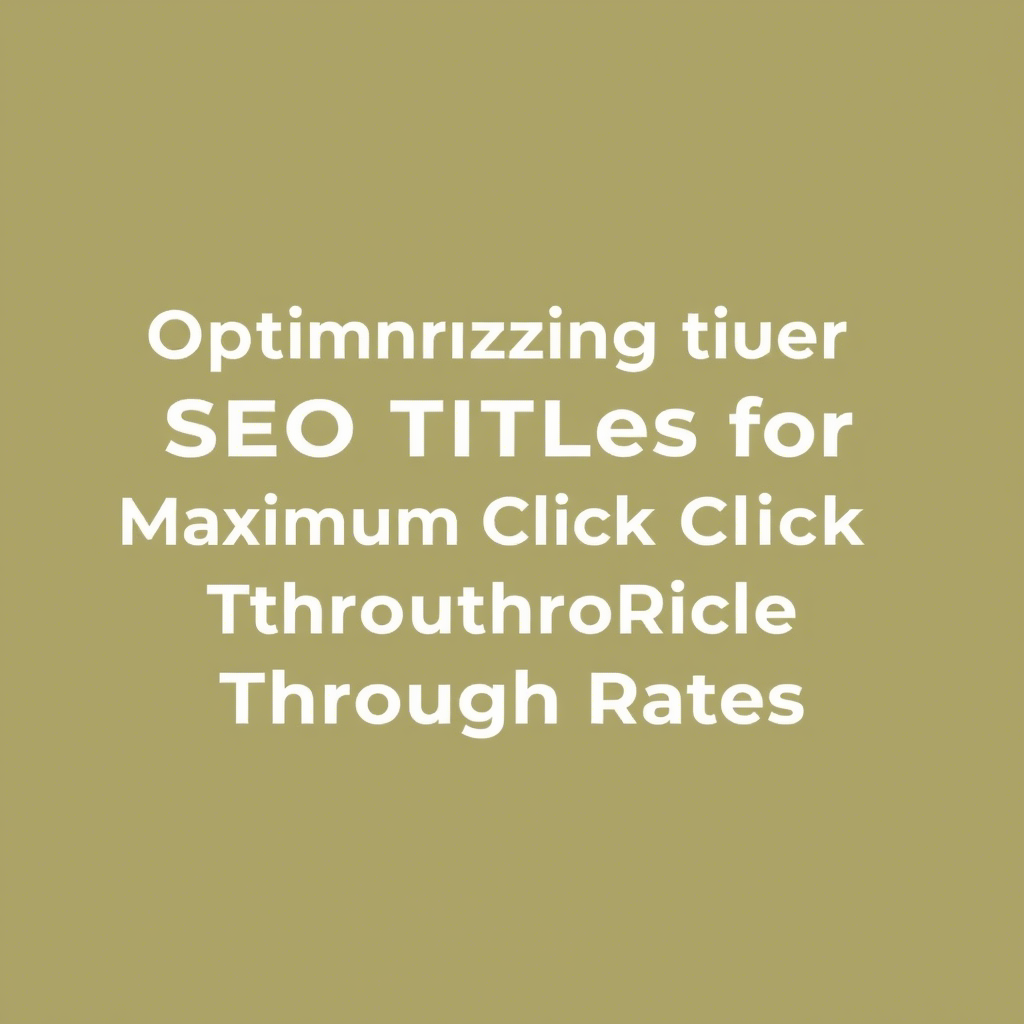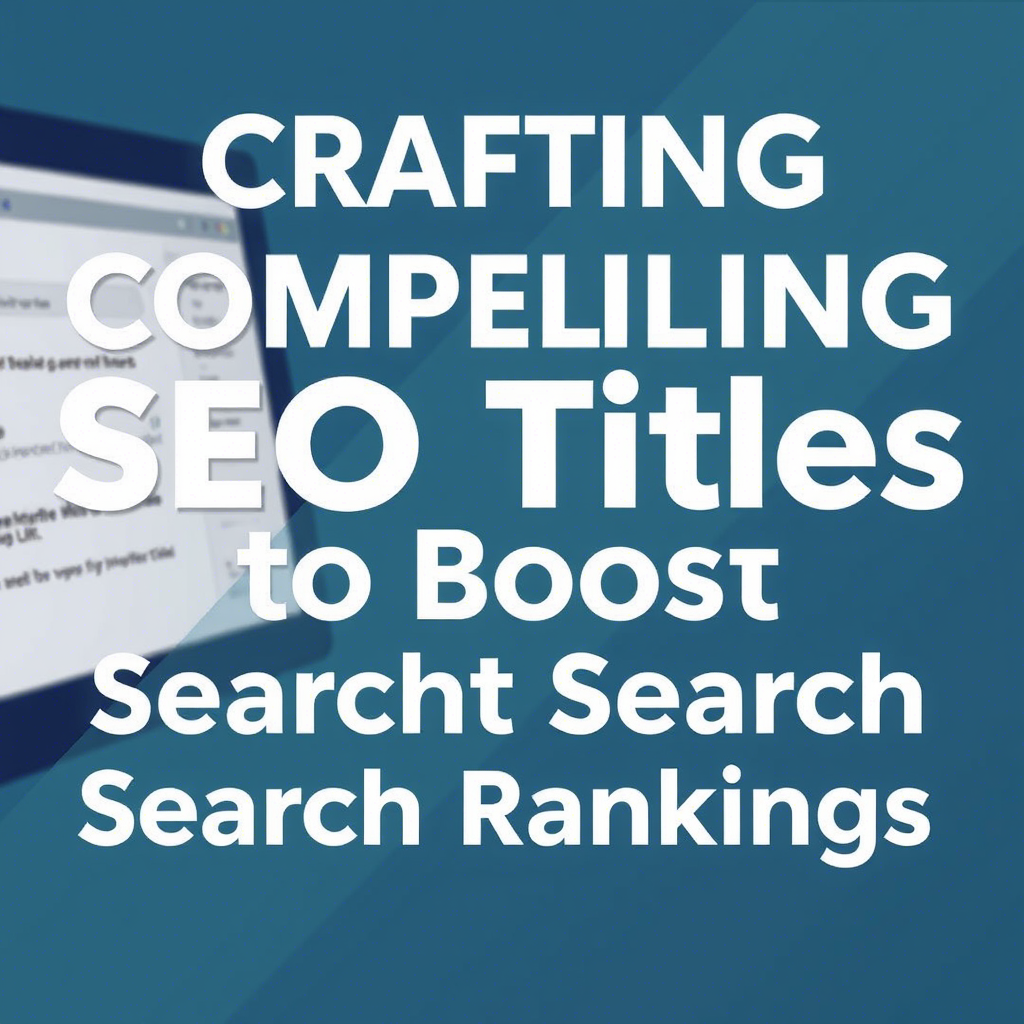Crafting Effective SEO Titles: A Comprehensive Guide
In the digital landscape, a well-crafted SEO title is crucial for capturing the attention of both search engines and users. It serves as the first impression of your content, influencing click-through rates and search rankings. A compelling SEO title not only enhances your content’s visibility but also drives engagement and conversions. As we delve into the world of SEO titles, we’ll explore the strategies and best practices for creating titles that resonate with your audience and improve your online presence.
Understanding the Importance of SEO Titles
SEO titles are more than just a heading; they’re a marketing tool that can make or break your content’s success. Here are a few reasons why SEO titles are vital:
- Search Engine Ranking: SEO titles are a key factor in how search engines rank your content. They help search engines understand the topic and relevance of your page.
- Click-Through Rate (CTR): A well-crafted title can significantly improve your CTR, driving more traffic to your site.

- User Engagement: Titles that are informative, yet engaging, encourage users to read your content, thereby increasing user engagement.
Key Elements of an Effective SEO Title
To craft an effective SEO title, consider the following elements:
- Relevance: Ensure your title accurately reflects the content of your page. Irrelevant titles can lead to high bounce rates and negatively impact your search rankings.
- Keyword Inclusion: Incorporate relevant keywords that users might search for. However, avoid keyword stuffing, as it can be penalized by search engines.
- Length: Keep your titles concise. Most search engines truncate titles that exceed 60 characters.
- Uniqueness: Each page on your site should have a unique title to avoid duplication and confusion.
Strategies for Crafting Compelling SEO Titles
Crafting a compelling SEO title involves a mix of creativity and strategy. Here are some strategies to consider:
- Use Action Verbs: Titles that start with action verbs like “Learn,” “Discover,” or “Explore” can be very engaging.

- Ask Questions: Titles that pose a question can pique the curiosity of potential readers, encouraging them to click to find the answer.
- Use Numbers: Titles that include numbers, such as “10 Ways to Improve Your SEO,” can be more attractive as they promise specific, digestible content.
Best Practices for SEO Title Optimization
Optimizing your SEO titles is an ongoing process that involves testing and refinement. Here are some best practices:
- Conduct A/B Testing: Test different titles to see which ones perform better in terms of CTR and engagement.
- Use Long-Tail Keywords: Incorporating long-tail keywords can help you target specific search queries with lower competition.
- Stay Up-to-Date with SEO Trends: SEO is a constantly evolving field. Stay informed about the latest trends and adjust your title strategies accordingly.

Implementing SEO Titles in Your Content Strategy
To maximize the impact of your SEO titles, integrate them into a broader content strategy. This includes:
- Content Quality: Ensure that your content is high-quality, informative, and engaging. For instance, if you’re writing about fashion for kids, you might want to check out our collection of stylish boys’ coats for inspiration.
- Content Marketing: Use your SEO titles as part of a larger content marketing strategy that includes social media promotion and email marketing. For more ideas on how to style your content, consider exploring our latest fashion trends for kids.
Conclusion
Crafting effective SEO titles is both an art and a science. It requires a deep understanding of your audience, your content, and the ever-changing landscape of search engine algorithms. By following the strategies and best practices outlined in this guide, you can create SEO titles that not only improve your search rankings but also drive engagement and conversions. Remember, the key to success lies in continually testing, refining, and adapting your approach to SEO titles.

Comments